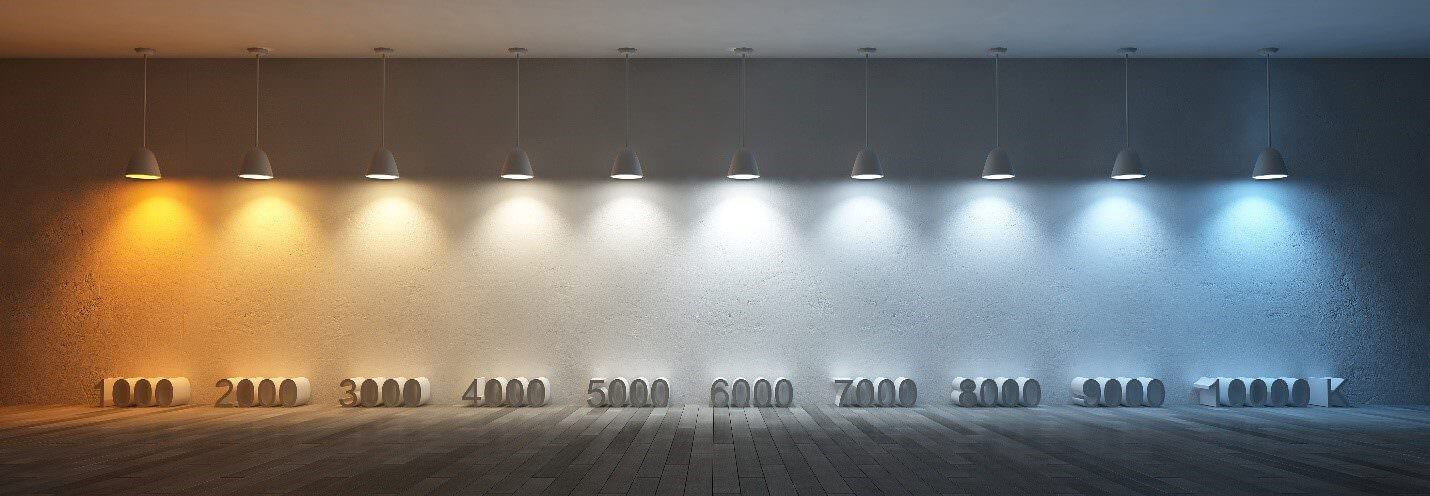Correlated Color Temperature (CCT) is an integral aspect of lighting design that The Lighting Practice must take into account with every project.
Correlated Color Temperature is measured in Kelvin degrees and corresponds to the color of the light a lamp puts out. Warm color temperatures typically used in architectural lighting usually range from 2700K to 3500K. CCTs below 2700K start to become qualified as amber-colored, and are used in more specialty applications. Cool color temperatures range from 4000K up to around 7000K.
Color temperature preference in lighting design varies depending on the application as well as between geographical locations. Asian societies tend to prefer higher CCTs in residences, restaurants, and stores; whereas warmer color temperatures are typically more desirable in the same applications in Western society. Warm CCTs give us a feeling of coziness. Cooler color temperatures start to come into play in hospitals and some offices, where alertness and attention to fine detail become the primary concern. Cool CCTs help us feel more awake and aware. This is perhaps because warm color temperatures are closer to that of daylight when the sun is rising and setting (when we wake up and when we go to bed) and cooler temperatures are closer to the CCT of daylight when the sun is highest in the sky (when we are usually most alert in the course of the day).
Think about how light makes you feel when you are reading by a table lamp in your living room. Compare this to the feeling you have when pumping gas at night: the difference you feel most likely has a lot to do with the color temperature!
Are you interested in learning more about lighting designers and what we do? Read: What is a Lighting Designer?





